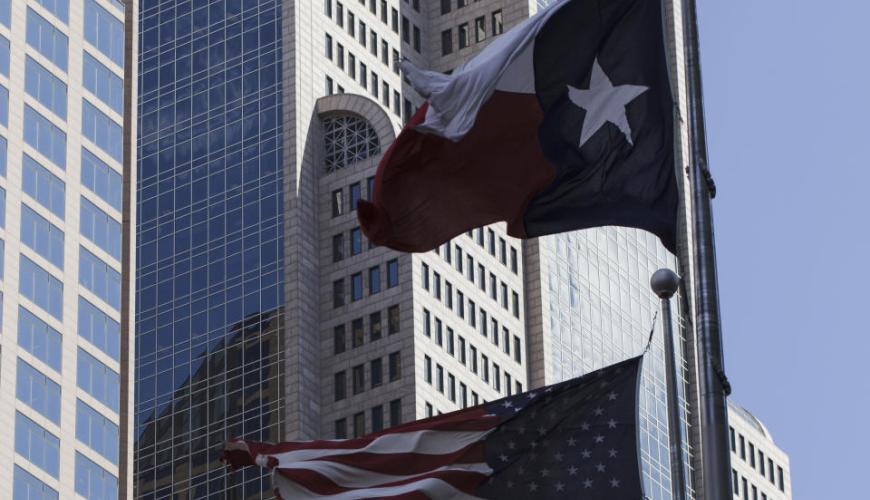The Rise of Texas as a Major Finance Center in the U.S
- 19 February 2024 2:00 AM

New York, traditionally known as the finance capital of the U.S., is now facing stiff competition from Texas in terms of finance employment. This shift has been underlined by the banking giant JPMorgan Chase, which now employs more people in Texas (31,500) than in New York. The bank's significant presence in Texas is highlighted by its four-building, one-million-square-foot campus in the Dallas area, specifically in Plano.
This shift isn't limited to JPMorgan Chase alone; the broader banking sector in the U.S is witnessing a similar trend. In fact, recent data reveals that Texas has surpassed New York for the first time in finance employment over a 33-year comparison period (1990-2023). In December, Texas boasted 384,900 banking industry workers, surpassing New York by a marginal 100.
This evolution of Texas as a stronghold for banking has been a long time coming. Following the 9/11 terrorist attacks, many top financial institutions started redistributing their workforce to mitigate risks and save on costs. Though New York eventually regained its top position, Texas has been surging ahead at a more rapid pace.
Several factors contribute to Texas's allure for the finance sector. The state's absence of income tax, lower living costs, ample construction sites, and excellent transportation access are noteworthy. Moreover, financial behemoths are enticed by the prospect of saving money by shifting more employees to Texas. The wages for financial workers in Dallas are 10%-15% lower than those in New York. Although this gap narrows for more senior roles, cost savings are especially noticeable for junior, clerical, or back-office jobs.
The banking history of Texas isn't devoid of its ups and downs. The state witnessed local lenders flourish alongside its thriving oil and gas industry in the '70s and early '80s. However, the savings and loan crisis of the '90s saw Texas lose 425 banks and reel under a severe banking crunch. Nevertheless, the current scenario is markedly different. Today, several large U.S. banks are keen on setting up new campuses, especially in the Dallas area.
Goldman Sachs, for instance, is planning to complete a new office campus north of downtown Dallas by 2027 and aims to add another 1000 employees to its current 4000. Other giants such as Bank of America and Wells Fargo are also investing heavily in their infrastructural presence in Dallas.
Even money managers are making their way to Texas. Charles Schwab, which relocated its headquarters from San Francisco to West Lake, Texas in 2021, now has 30% of its total workforce stationed in Texas.
However, operating in Texas is not devoid of challenges. For example, local government restrictions could limit banks' participation in municipal bond offerings if they don't comply with local regulations. The state has laws that bar certain government contracts with companies having anti-gun business practices.
Regardless of the challenges, JPMorgan's CEO, Jamie Dimon, appreciates the growing finance industry in Texas. Noting the state's business-friendly policies, he highlighted the concentration of around 10,000 banking employees in Plano alone. However, he cautioned Texas against replicating restrictive business environments found in Washington, D.C.
As the U.S. finance industry evolves, it is evident that Texas is proving to be a prominent player. Its growth, advantages, and challenges all play a part in shaping the future of the American banking industry.
